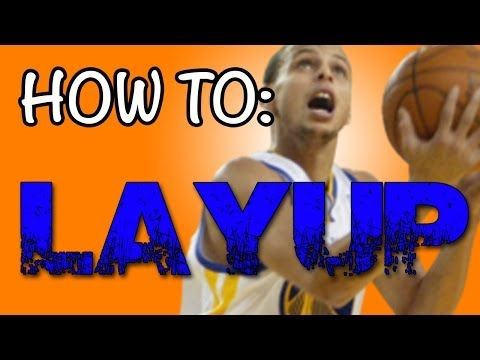Home »
Misc »
How to get a steal in basketball
How to get a steal in basketball
How to Steal the Ball in Basketball
Stealing the ball in basketball is a deceptively simple move. The actual process is straightforward -- swipe the ball away from someone when they’re dribbling, grab the ball as it’s in the air during a pass, or swat the ball away from the other player so that another of your teammates can grab it. But knowing when to try to for the steal and when to avoid the risk of a foul is difficult. Target players who are sloppy with the ball or who are showing you what they’re about to do.
Look for players who are sloppy dribblers, or who expose the ball when they pick it up. Someone who doesn’t seem to have a very tight grip on the ball as he prepares to pass -- especially if he’s holding the ball away from his body -- could be a suitable target if you’re fast enough. Loose dribblers who don’t keep that ball under control might be unwittingly offering you extra time to snatch the basketball away mid-dribble.
Watch players to see how their bodies move before they make certain plays.![]() Some players telegraph what they're about to do. For example, if someone is about to turn to the right and throw the ball to a teammate, she might keep her arms still but turn her shoulders a bit. She’s attempting to fake you out by leaving her arms still, but her body is giving out clues that she’s going to turn. Looking at the player’s torso and shoulders can help you spot such moves.
Some players telegraph what they're about to do. For example, if someone is about to turn to the right and throw the ball to a teammate, she might keep her arms still but turn her shoulders a bit. She’s attempting to fake you out by leaving her arms still, but her body is giving out clues that she’s going to turn. Looking at the player’s torso and shoulders can help you spot such moves.
Act a bit lazy yourself as you zero in on a ball you want to steal. In a January 2014 article on top defenders in college basketball, players told "Sports Illustrated" that they try to seem like they’re “off-guard” or “resting,” when in fact they’re watching the ball and waiting for a moment to strike. These tactics can make the player with the ball assume you’re not much of a threat, and he might be less likely to protect the ball carefully.
Keep an eye on where nearby offensive players are standing. You might have an opportunity to intercept a pass. If the player holding the ball decides you aren't looking and throws the ball to another player nearby, you'll be in a better position to dart in front of the intended target. Instead of trying to snatch the ball out of the air from the side, be ready to place yourself in the path of the ball so you're the one who gets it.
Instead of trying to snatch the ball out of the air from the side, be ready to place yourself in the path of the ball so you're the one who gets it.
Tips
Practice defense with a friend to increase your ability to tell when to try nabbing the ball. One of you can practice dribbling -- and making it harder for someone to steal the ball -- while the other tries to take it away. If you can get a group of three people together, the third person can practice defending the dribbler, and you can try getting past the defense.
Also try to practice speeding up your reflexes. For example, "Sports Illustrated" noted that UCLA’s basketball team practices covering a flashing sensor on a wall to work on speed. In the same article, Virginia Commonwealth University’s Briante Weber said he would also try to drop and catch pens or swat bugs as additional practice.
Warnings
Don’t touch the player who has the ball when you try to steal it, or you'll likely be called for a foul.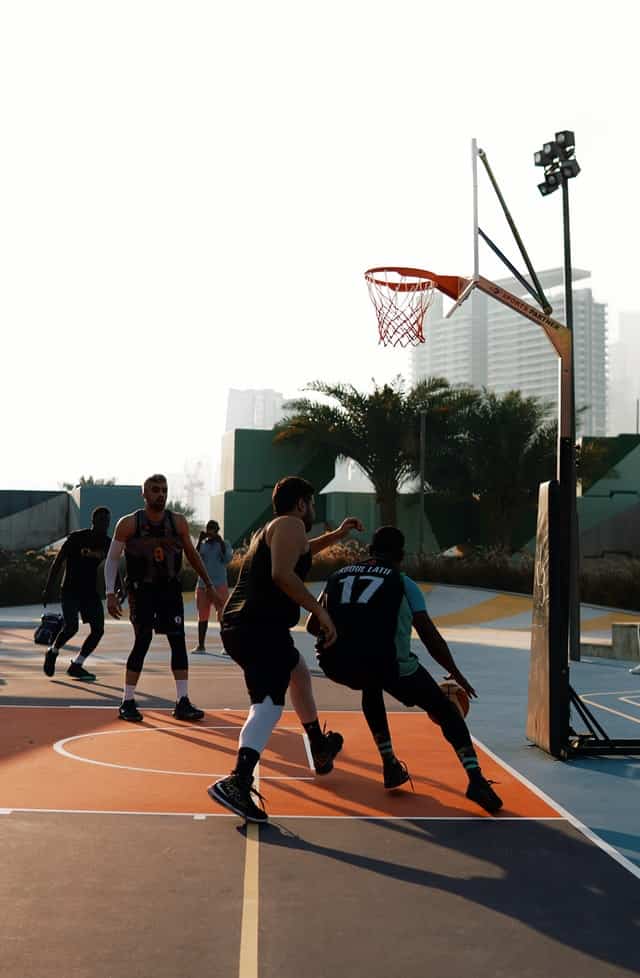
Basketball Steal
Home>Sports>Basketball>Basketball Statistics
PreviousNext
A steal in basketball is a turnover that happens when a defensive player takes or intercepts the ball from the offensive player or dribbler. Steals can happen when a defensive player uses his hands to swipe the ball out of the dribbler's hands. Another way to steal the ball is by picking or intercepting a pass from another offensive player. Steals or any turnovers are looked at as a huge advantage if your team can come up with them, this is because it puts the ball in your offense’s hands more often.
You must be careful not to make contact with the ball-handler's hands, body, or forearms. This is called a personal or reach-in foul and will result in free throws for the other team.
Table of Contents
- How To Steal In Basketball
- Cons of Steals In Basketball
- Pros of Steals In Basketball
- Basketball Press Defense
- Basketball Steal Percentage
How To Steal In Basketball
If you're looking to incorporate more steals in your game, follow these steps.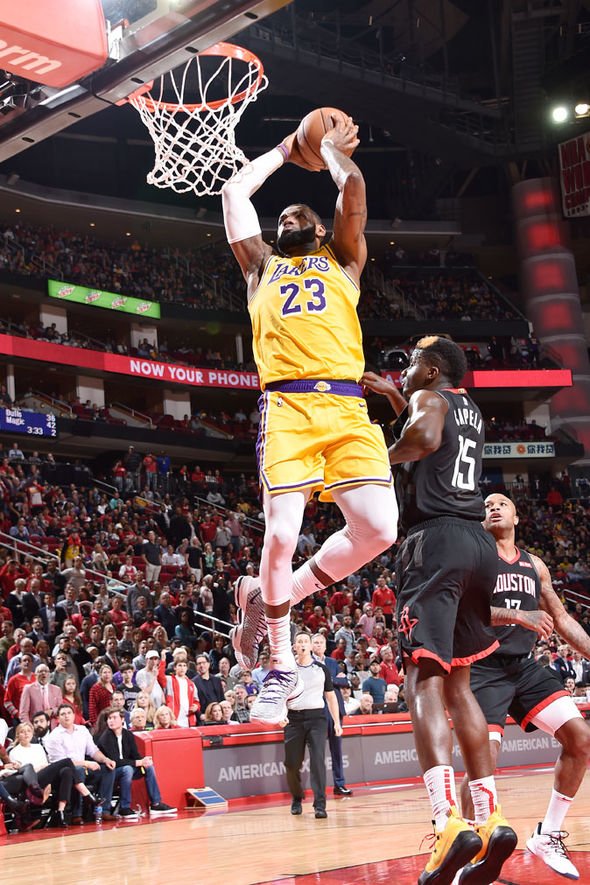
- Know the offense and what players are weak dribblers.
- Play press defense and force the offense to make mistakes by setting traps.
- Get low and bend your knees on the court to stay with the dribbler.
- Trust your instincts and anticipate where the dribbler is going.
- Focus on your speed and practice quick agility exercises in the offseason.
- Be aggressive but not too aggressive as you don’t want to take fouls
Cons of Steals In Basketball
There are a few cons and risks of attempting to steal in a basketball game.
- steals can leave the court open for breakaways if unsuccessful
- steals can result in personal fouls or “reach-in” fouls
- attempting too many steals can make a player foul out of the game
- Attempting too many steals can force the offense to adjust and change their gameplan
Pros of Steals In Basketball
There are lots of pros to attempting a steal in a basketball game.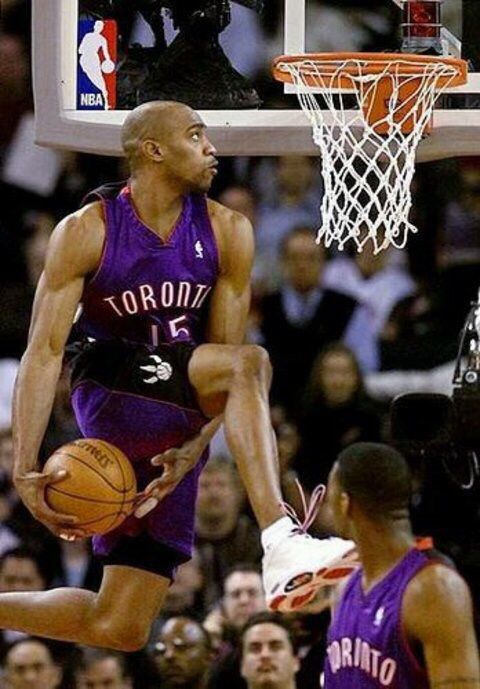
- steals result in turnovers if successful
- steals can intimidate the offense and change momentum of the game
- Keeps the ball out of the hands of the opposing team
- Steals put the ball in the hands of your offense
Basketball Press Defense
A press defense is a type of defensive formation and strategy that applies pressure on the offense to force turnovers. On a press defense, the defense will set traps on the court to make it easier to steal the ball. They also play tighter defense than usual and on larger parts of the court than usual.
Basketball Steal Percentage
Steals are important to the outcome of a basketball game, so it's recorded for each player as a statistic. Steal percentage defines how many offensive possessions result in a steal. Steals are always recorded for the player that initiates the steal play. Players with high steal percentages can be a nice piece to have on defense.
PreviousNext
Pages Related to Basketball Steal
- Defensive Rebound In Basketball
- Basketball Turnover
- Basketball Possession
- Basketball Scorebook
- Does Height Matter In Basketball?
- Basketball Rebounds
PreviousNext
Fight for the ball | Techniques
The struggle for possession of the ball is one of the main tasks of the player in defense.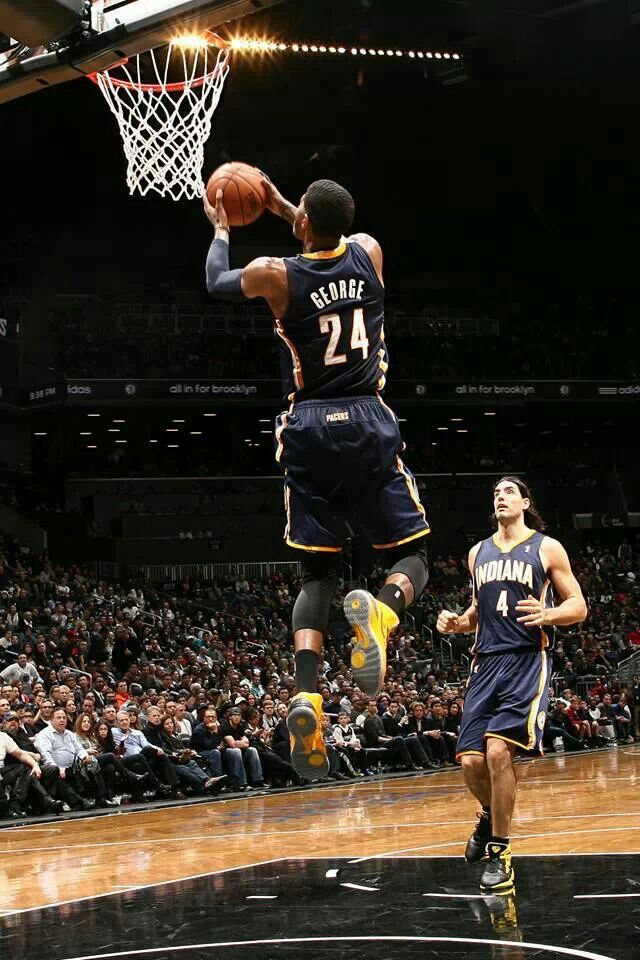
A full-fledged player in defense is guided by the principle "the best defense is an attack."
Unfortunately, we still have quite a few players and entire teams who are limited only to guarding the basket and do not take any active measures to take possession of the ball, patiently waiting for the opponent's mistakes. Such defensive play deserves sharp condemnation.
One of the reasons why some players and teams are passive in defense is that most coaches pay little attention to ball handling techniques and do not care about improving them at all. As a result, many players do not master these techniques and, of course, do not use them in the game.
Among the leading players and teams there are many real masters - "ball hunters". An example is the player of the USSR national team K. Petkevicius (Leningrad), who uses all the techniques of fighting for the ball in the game.
In order for the player to perfect these techniques, it is necessary to systematically improve them in the training process.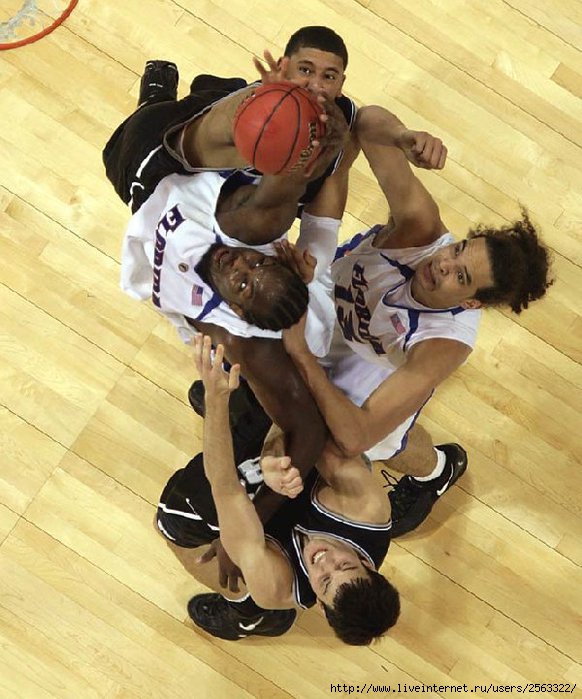
The main techniques in the fight for possession of the ball are: interception, knocking out, pulling out and fighting for the ball after rebounding from the backboard.
Ball interception . Interception of the ball is the best means of counterattack. The interception of the ball, as a rule, takes the opponent by surprise, and thus creates extremely favorable conditions for the transition to the attack.
Interception of the ball is most often possible if the attacker passes the ball inaccurately, does not go towards the pass during cross passes, especially repeated ones, as well as in all other favorable cases of the game.
If the interception fails, the player must immediately stop and quickly turn back. To intercept the ball, the player must take an advantageous position, prepare for a quick dash and correctly determine the distance, the pace of the upcoming pass.
The player's actions must be unexpected, fast, ahead of the attacker's (Fig.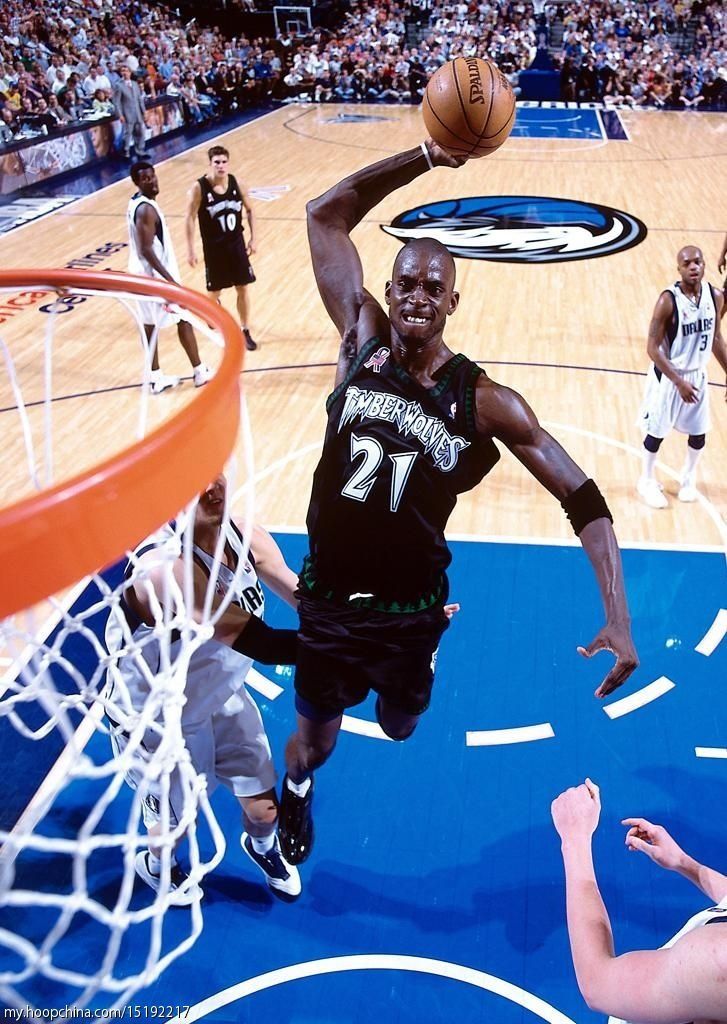 60). The surprise of a jerk depends on the ability to disguise your actions. To do this, the player must demonstrate passivity and indifference to the upcoming transfer of the ball with all his appearance.
60). The surprise of a jerk depends on the ability to disguise your actions. To do this, the player must demonstrate passivity and indifference to the upcoming transfer of the ball with all his appearance.
The constant threat of interception affects the decisiveness of the enemy's actions.
Fig. 60. Intercepting the ball
Kicking the ball . The ball is knocked out of the hands of the opponent either while dribbling or throwing into the basket. You can knock the ball out of the hands not only of a gaping opponent, but also of a player who used dribbling and holds the ball in his hands, or a player who lowered his hands with the ball before throwing it into the basket, and in a number of other cases.
In order to tap the ball, the defender allows the opponent to approach or himself suddenly approaches him and with a quick movement of his hand, reminiscent of the movement of a cat's paw, knocks the ball out of the opponent's hands.
Given that the hands holding the ball form a kind of bowl, knocking the ball from top to bottom is less effective than from bottom to top, in this regard, it is advisable to knock the ball with the movement of the hand from bottom to top. Since the distance between the palms holding the ball is extremely small, the ball is knocked out with the edge of the palm.
When dribbling the ball, it is advisable to take it out at the moment when the ball makes its way after rebounding from the floor to the hand. Another technique is used to select the ball while dribbling. The defender, having caught the pace of dribbling, puts his hand on the ball bouncing off the floor a little earlier than the opponent and thereby takes the ball away from the opponent’s hands, continuing to dribble it himself (Fig. 61). Knocking out the ball at the moment of throwing into the basket requires especially delicate calculation and high skill. Often, a skillfully knocked out ball saves the team from a sure hit. According to the execution technique, this resembles the action of a volleyball player when blocking, and the hand rests on top of the ball (Fig. 62). This technique is perhaps better called covering the ball. Covering the ball during shots to the basket is also applied if the defender overtakes the attacking player at the moment when he has already started the shot to the basket. In this case, the defender has the only means of fighting against the shot that has been started - this is to cover the ball. In order not to make a gross mistake, the defender is obliged, without reducing the speed of his movement, to determine the direction of his movement and the position of the ball in the hands of the opponent. The defender should not move towards the player, but overtake him somewhat and cover the ball at the moment when it leaves the opponent's hands. A defender who incorrectly determined the direction of his movement and the position of the ball will make a gross personal mistake: he will collide with the opponent or hit him on the hands.
According to the execution technique, this resembles the action of a volleyball player when blocking, and the hand rests on top of the ball (Fig. 62). This technique is perhaps better called covering the ball. Covering the ball during shots to the basket is also applied if the defender overtakes the attacking player at the moment when he has already started the shot to the basket. In this case, the defender has the only means of fighting against the shot that has been started - this is to cover the ball. In order not to make a gross mistake, the defender is obliged, without reducing the speed of his movement, to determine the direction of his movement and the position of the ball in the hands of the opponent. The defender should not move towards the player, but overtake him somewhat and cover the ball at the moment when it leaves the opponent's hands. A defender who incorrectly determined the direction of his movement and the position of the ball will make a gross personal mistake: he will collide with the opponent or hit him on the hands.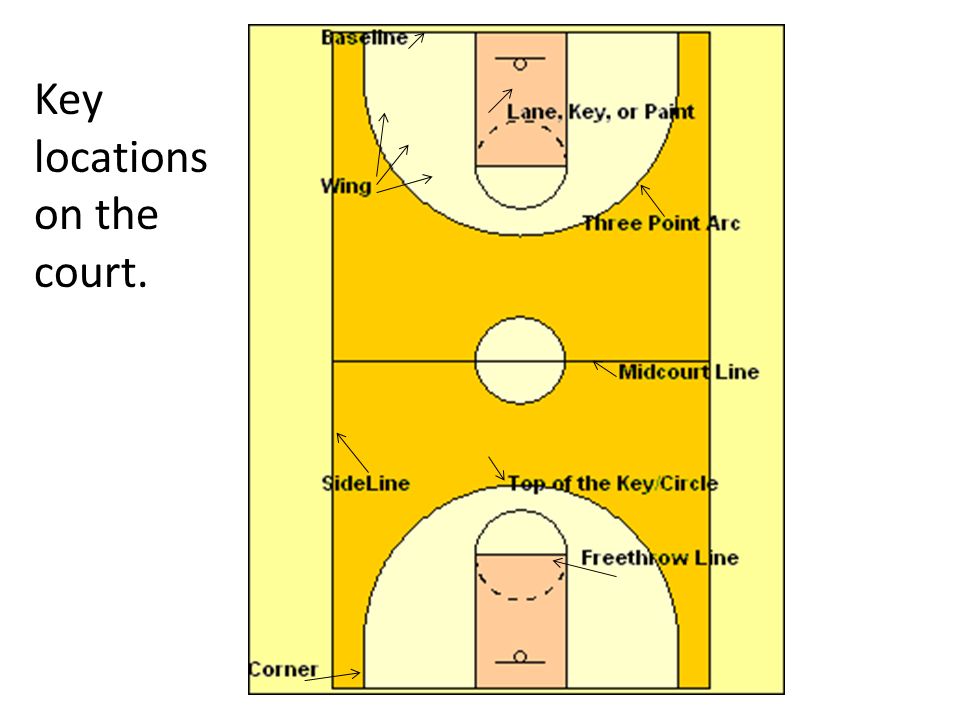
Fig. 61. Dribbling
62. Covering the ball when throwing into the basket
The defender, who has an advantage in height, fighting for the ball under the backboard, uses the following technique: he retreats to the backboard, and then, two or three steps from the backboard, passes the attacking player past him, gives him the ability to initiate a shot into the basket and then remove or cover the ball as it leaves the opponent's hands.
Pulling the ball. Pulling the ball requires fine calculation, quick, energetic action. The ball should be grabbed as deep as possible, and then jerk it sharply towards you. The jerk should be short and energetic. To increase the strength of the jerk, it is advisable to pull out with a turn of the torso.
If the ball cannot be cleared immediately, the referee awards a dropped ball. The appointment of a dropped ball is a partial victory for the defender.
A snatch is used when the opponent holds the ball in his hands, when the opponent lands after catching the ball in a jump, especially when playing from the backboard, and also when the opponent dribbles.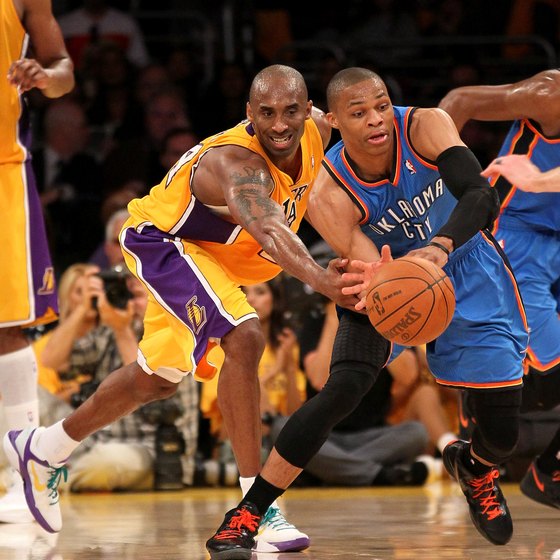
Lately, players have been successful in taking the ball away from players who are finishing dribbles. The defender carefully observes the player dribbling the ball, and, having determined the end of the dribbling, quickly captures the ball a little earlier or simultaneously with the opponent.
USSR national team player L. Alekseeva successfully uses the ball snatch after the player has caught the ball, standing with his back to the direction of movement and having lost his bearings in the position of the defender, makes a turn and tries to start a dribble or other action. An unexpected face-to-face meeting with a defender gives the defender an advantage to capture the ball (fig. 63).
Fig. 63. Pulling the ball
The fight for the ball that bounced off the backboard is typical for both defensive and offensive actions.
In order to avoid repetition, we have described this technique in the chapter "Attack".
Types of interceptions of the ball in Basketball
Contents
- Interception of the ball during a pass.

- Interception of the ball while dribbling.
- Top players in steals:
In basketball, the act of a defensive player to get possession of the ball is called a steal. This element of the game is performed when the ball is thrown or passed by attacking players. If the attacking team loses control of the ball as a result of an interception by the defenders, the forfeit is recorded in the game statistics report. Usually, if the interception is successful, then the defending team quickly goes on the attack and usually hits the opponent's basket.
Interception of the ball on the pass. When the attacker is waiting for the ball to be passed while standing still, does not go out to meet him, then it is relatively easy to intercept such a ball - the ball should be caught in a jump after a jerk with one or two hands. But if the attacker comes out to pass the ball, then the defender needs to get ahead of the opponent at a short distance on the way to the ball. With his shoulder and hands, the defender seeks to cut off the direct path of the opponent to the ball and takes possession of it. To avoid a collision with the attacker, the defender should deviate slightly to the side, passing close to him. As soon as he has mastered the ball, he must immediately switch to dribbling to avoid running.
With his shoulder and hands, the defender seeks to cut off the direct path of the opponent to the ball and takes possession of it. To avoid a collision with the attacker, the defender should deviate slightly to the side, passing close to him. As soon as he has mastered the ball, he must immediately switch to dribbling to avoid running.
Interception of the ball while dribbling. In the event that the attacker of the opponent dribbles the ball too high and does not cover it with his body, then it will not be difficult to intercept such a ball - you need to make a jerk and knock the ball out of him with one or two hands.
In order to effectively intercept the ball, the player needs to take a position on the possible pass path of the opponent. Interceptions are the prerogative of the team's back line, namely small forwards, defenseman and point guard. The most famous players who have proven themselves at interceptions are: Jason Kidd, Andrey Kirilenko, Chris Paul and Magic Johnson. It should be noted that players of large height can also make interceptions along with the defenders, so center Hakeem Olajuwon, according to statistics, performed an average of one interception per game. In order to successfully perform interceptions of the ball, it is necessary to have a sense of the correct position and an excellent understanding of the game.
It should be noted that players of large height can also make interceptions along with the defenders, so center Hakeem Olajuwon, according to statistics, performed an average of one interception per game. In order to successfully perform interceptions of the ball, it is necessary to have a sense of the correct position and an excellent understanding of the game.
Top players in steals:
- Alvin Robertson - 301 steals in the 1985-86 NBA season;
- John Stockton - NBA steals leader with 3.265 career steals
- Michael Jordan - topped the list of the best players in interceptions three times, as did Allyn Robertson;
- Michael Ray Richardson - 4 times the best in steals, and three times in a row (1979-82).
In Superleague A today David Toya (Spartak Primorye) is the leader with an average of 2.6 per game. Among NBA players in terms of "Interceptions per game", the following players can be distinguished - Dwyane Wade, Allen Iverson and Chris Paul.